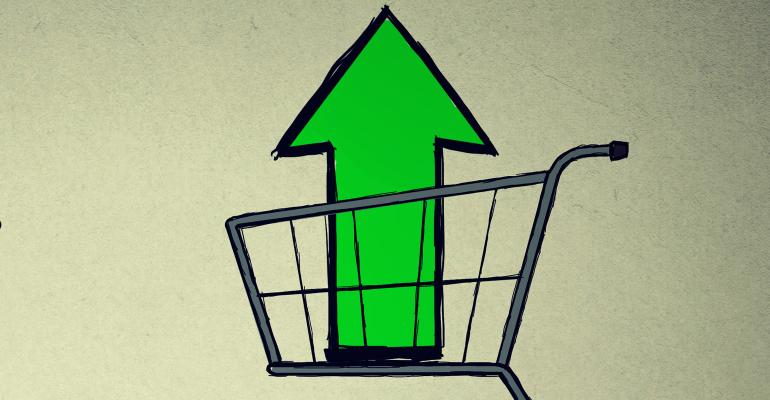Sebastián Fernández is chief research and development officer at Revenue Management Solutions. This article does not necessarily reflect the opinions of the editors or management of Nation’s Restaurant News.
Restaurant operators may see dramatic prices increases for certain products several times a year.
In 2015, the cost of eggs spiked due to avian flu, which reduced the count of table-egg-laying birds in the Midwest and Pacific Northwest. Then, in 2016, the cost of vanilla beans skyrocketed after a poor harvest in Madagascar, which produces most of the world’s supply.
The good news is that overall, food costs are forecast to rise at a relatively low rate this year. The U.S. Department of Agriculture said in June that it predicts retail food prices to increase 1 percent to 2 percent through 2018. Producer prices – the prices paid to domestic producers for their products – tend to track closely to retail prices.
So how can restaurant operators deal with this unpredictability?
If the cost of a certain commodity is going up, you will know the impact on your overall profitability. It’s important to determine how to compensate for these higher costs in a way that won’t drive customers away. After all, what’s the point of charging higher menu prices if fewer people are coming through your doors?
Here are seven well-tested tactics that allow you to be ready to react quickly and thoughtfully as you see how commodity costs are changing. This planning is critical for success, particularly during a time when many restaurants must also address the rising cost of labor in places where the minimum wage is increasing:
1. Everything you change on the menu should be based on a deep understanding of customer behavior, revealed by point-of-sale data. Smart menu engineering comes from knowing how products trade with each other, and being able to drive demand to products with higher profitability when the situation allows it.
2. It’s better to do several rounds of smaller menu price changes than to make one dramatic change, which could drive customers away. If you know higher costs are coming later in the year, make smaller, more frequent price increases to compensate ahead of time.
3. In some cases, where cost increases are highly publicized and related to certain items, as was the case with eggs in 2015, consider telling customers why menu prices have gone up. But take this approach sparingly.
4. You can’t always completely compensate for higher food costs by adjusting menu prices. Consider re-engineering the menu to boost profitability, perhaps with new products or by dropping items with low demand and ingredients that consistently create cost issues.
5. When producer costs are stable and business is good, look for ways to push more favorable menu prices. The result: higher profitability that can provide a cushion for when you must compensate for future cost increases.
6. Remember that customers have thresholds for how much they want to pay at your establishment. Changing a price of $7.60 to $7.99 usually results in less consumer pushback than changing it to $8.10. And if customers are used to paying around $40 for a party of four, be careful not to push it to $50.
7. Use promotions wisely by thinking beyond simply driving customer traffic. Consider ways to use promotions to steer customers to menu items that work best for profitability, and away from items that are causing headaches.
The common threads are to plan ahead and to take an approach that is aggressive, but smart. To accomplish such planning, it’s important to have financial analysts on hand who understand the business, so you can assess the impact of producer price increases on profitability and know how best to respond.
Sebastián Fernández, chief research and development officer at Revenue Management Solutions, is an expert in statistical and data analytic techniques, and leads the development of new solutions. RMS provides a data-based approach to pricing and menu optimization for restaurants, delivering solutions for leading global restaurant brands.





